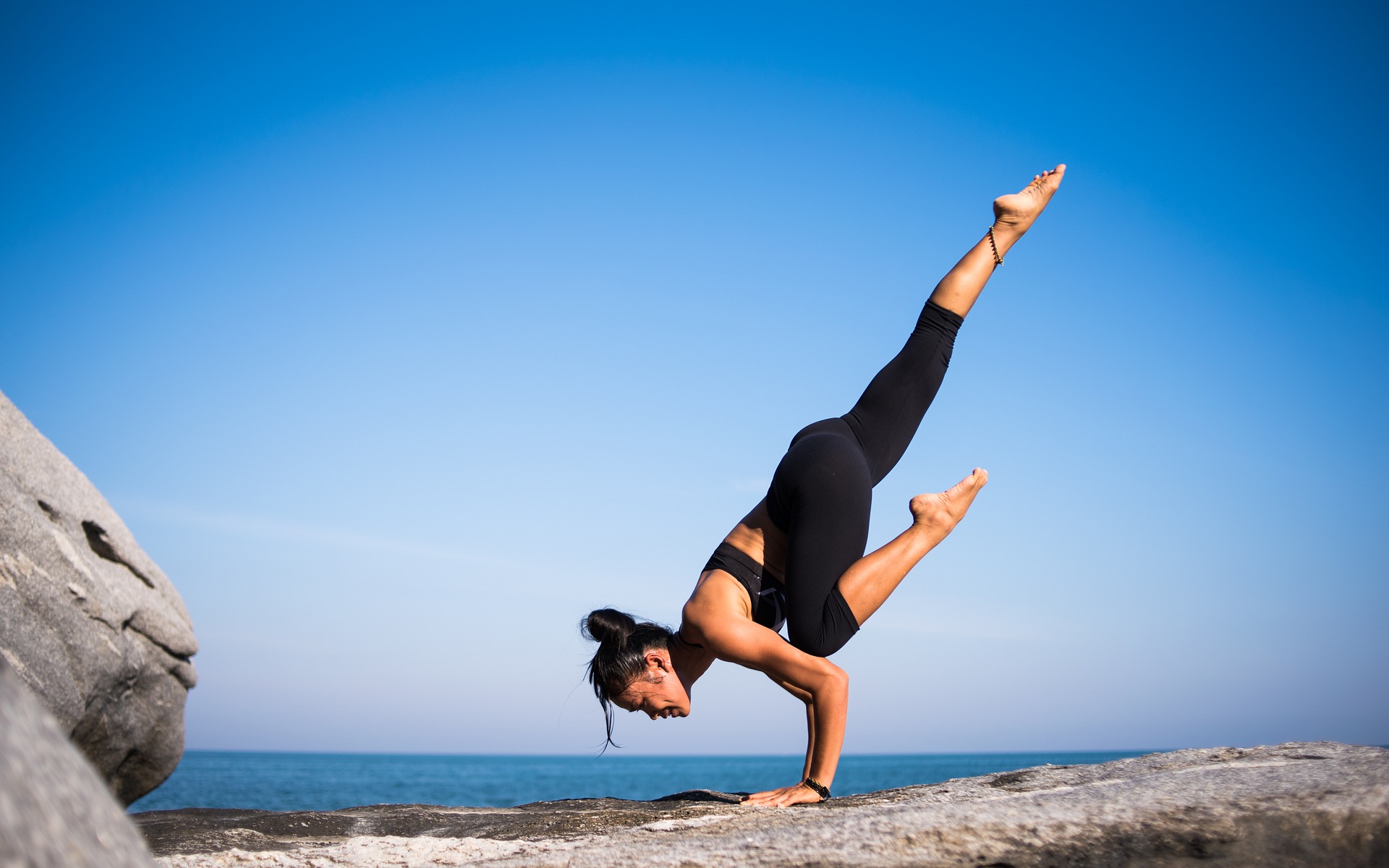The Prowess of Plyometrics: Enhancing Athletic Performance
Every athlete strives for that extra edge to outperform the competition. Whether it's shaving off a fraction of a second, leaping higher, or pulling harder, performance enhancement remains a critical aspect of sports training. Over time, sports sciences have explored multiple strategies to boost athletes' abilities, with Plyometric training taking center stage as one of the most effective methods.
Plyometrics: A Leap into Superior Performance
Plyometrics, derived from the Greek words ‘pleythyein’ meaning to increase and ‘metron’ meaning measure, is all about enhancing an athlete’s explosive power. This form of training combines speed and strength training for maximum muscle performance, emphasizing on the stretch-shortening cycle of muscles. Also known as jump training, Plyometrics involves performing rapid and repetitive jumping, bounding, or hopping movements.
Typical exercises range from simple jumping jacks to more complex movements incorporating resistance equipment. When performed correctly, a Plyometric workout can significantly improve speed, power, strength, and agility—components essential to the performance in a variety of sports.
The Science Behind Plyometrics
The efficacy of Plyometrics is deeply rooted in muscle physiology, particularly the stretch-shortening cycle. When a muscle lengthens (eccentric contraction), it temporarily stores energy which can be released as it shortens (concentric contraction). By minimizing the time between the stretch (lengthening) and the contraction (shortening), we can maximize the power output. This is precisely why Plyometrics emphasizes explosive movements to trigger this reaction in the muscles.
This practice not only strengthens muscles but also boosts neural pathways, hence refining coordination, improving kinetic awareness, and optimizing muscle response time. Over time, athletes can achieve greater power in less time, a priceless skill on the sports field.
Implementing Plyometrics
Incorporating Plyometric exercises into a training regimen must be done with precision and caution, as they are high-intensity activities which may increase the risk of injuries if not performed correctly. Athletes new to Plyometrics are advised to start with simple exercises such as skipping or hopping before advancing to more complex movements like depth jumps or box drills.
The key is to emphasize form and control over quantity. Additionally, proper equipment like mats, sturdy boxes, and quality shoes can ensure safety during such rigorous training.
The Broad Implications
Plyometric training isn’t confined to a specific sport but rather, it has a broad application. It’s beneficial to athletes requiring forceful movements like basketball players who need high jumps, soccer players for powerful kicks, or runners for speedy strides. Even leisure enthusiasts can use Plyometrics for a challenging, fat-burning, full-body workout.
For sports trainers and coaches, it’s a versatile tool that provides a competitive edge and substantial returns on athletic performance.
- Implementing a Plyometric training routine can immensely boost athletic performance.
- Plyometrics can lead to improved speed, power, strength, and agility.
- Safety precautions are a must when introducing and progressing in Plyometric exercises.
- Plyometrics has a wide-ranging application across various sports, providing both competitive athletes and fitness enthusiasts with significant benefits.
In conclusion, Plyometric training’s potential to amplify athletic performance is profound. It amalgamates strength and speed to enhance explosive power, radically transforming performances on the sports field. However, with great power comes considerable responsibility, and hence executing Plyometrics with due diligence and appropriate guidance is essential. Undoubtedly, when introduced carefully, Plyometrics training can result in a new pinnacle of athletic prowess.





